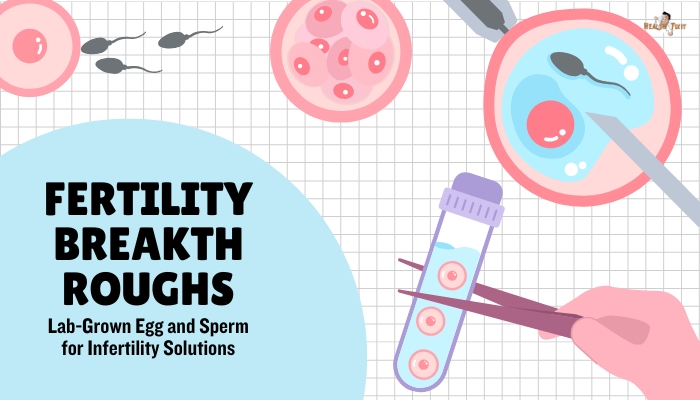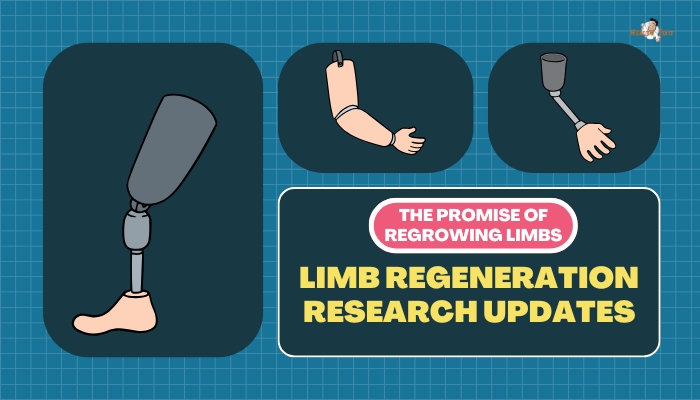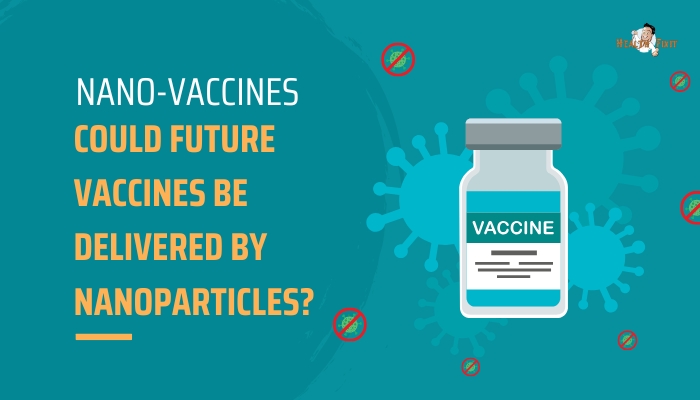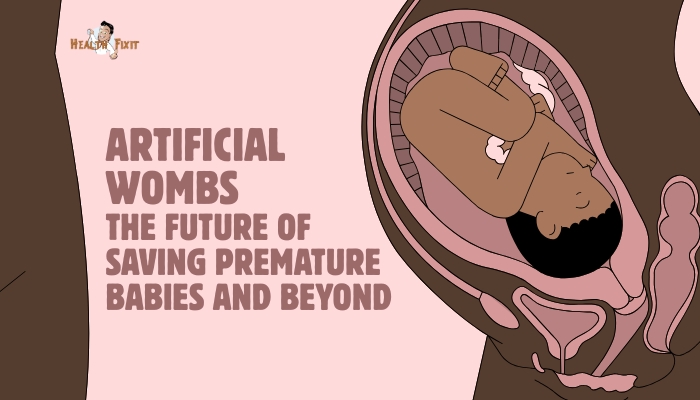Introduction
For some couples, traditional infertility treatments—ranging from hormone therapy to in vitro fertilization (IVF)—still fall short, leaving adoption or donor gametes as the remaining options. Enter lab-grown eggs and sperm,
a cutting-edge field exploring how to create functional human gametes from stem cells. Though still in early stages, this technique could revolutionize reproductive medicine,
potentially helping individuals with severe infertility or genetic conditions to conceive biologically related offspring.
This article examines the science behind lab-grown gametes, the potential impacts on fertility treatments, and the ethical debates surrounding this promising yet controversial breakthrough.
The Science Behind Lab-Grown Gametes
In Vitro Gametogenesis
In vitro gametogenesis (IVG) is a process by which pluripotent stem cells (like embryonic stem cells or induced pluripotent stem cells, iPSCs) are coaxed to differentiate into precursors of eggs (oocytes) or spermatozoa. Key steps include:
- Reprogramming Adult Cells: e.g., a skin cell reprogrammed to become iPSCs.
- Differentiation: Specific cues (growth factors, culture conditions) push iPSCs down the germ cell lineage.
- Maturation: Cells undergo meiosis, leading to haploid gametes ready for fertilization.
Animal Models
Early successes with mice included generating live offspring from lab-derived eggs or sperm. While translational hurdles remain, these animal experiments illuminate critical pathways for replicating in humans.
Potential Applications
Solving Severe Infertility
Patients lacking viable gametes—due to premature ovarian failure, chemo-induced gonadal damage, or congenital absence—might one day produce their own biological children via lab-grown gametes.
This approach might also help same-sex couples conceive children genetically related to both parents (e.g., deriving “egg-like” cells from one partner’s iPSCs and sperm from the other’s).
Avoiding Genetic Diseases
Technologies like preimplantation genetic testing can screen lab-grown eggs or embryos for harmful mutations.
In combination with CRISPR-based gene editing (still ethically debated), it might be possible to correct certain inherited conditions before conception or early embryonic development.
Research and Drug Testing
Beyond fertility, lab-made gametes enable deeper insights into human germ cell development, aiding fundamental reproductive biology and potentially improving embryo culture conditions.
They could also serve as an alternative model to test effects of environmental toxins or new fertility drugs.
Challenges and Concerns
Safety and Efficacy
Human IVG remains mostly preclinical. Achieving a full course of meiosis in vitro is intricate. Ensuring genetically stable, fully functional gametes is paramount.
Errors in chromosome segregation or epigenetic modifications could lead to congenital abnormalities or low embryo viability.
Ethical and Social Dilemmas
Lab-grown gametes raise big questions:
- Genetic Parentage: A single individual could supply both “egg” and “sperm,” complicating definitions of parenthood.
- Designer Babies: If combined with gene editing, potential for non-therapeutic enhancements or eugenics.
- Donor Consent: Using iPSCs from a donor’s somatic cells might inadvertently produce offspring without explicit informed consent.
Regulation and Oversight
As with other reproductive technologies, global laws differ. Some countries heavily restrict embryo research; others provide frameworks for experimentation up to certain developmental stages. Clarity about permissible uses of IVG is still evolving.
Future Outlook
Path to Clinical Trials
Moving from lab demonstration to clinical fertility practice requires:
- Robust Animal Studies: More advanced mammals beyond rodents, ensuring consistent live births without anomalies.
- Stringent Safety: Multi-generation studies to see if lab-grown gametes predispose offspring to health issues.
- Ethical Protocols: Transparent guidelines on consenting donors, embryo creation, and disposal.
Integration with IVF
One scenario: labs produce “egg-likes” or “sperm-likes” from iPSCs, then IVF labs fertilize them, using standard embryo culture and implantation steps. If successful, clinics could offer IVG-based solutions just like they do egg donation or surrogacy services.
Accessibility and Cost
Initially, IVG might be expensive and limited to specialized research centers. Over time, as technology matures, costs might drop—though ensuring equitable access to such cutting-edge fertility care may remain challenging.
Practical Considerations for Patients
- Timelines: Human applications of IVG aren’t clinically available yet; be wary of unregulated clinics promising “lab-grown eggs or sperm.”
- Explore Alternatives: For severe infertility today, consider donor eggs/sperm or adoption. Remain vigilant for new clinical trials in advanced fertility centers if IVG steps into clinical phases.
- Ethical Reflection: Reflect on personal beliefs around genetic parentage, potential technology pitfalls, and the possible psychosocial impacts on future children.
Conclusion
Lab-grown eggs and sperm represent a bold leap in reproductive medicine, potentially restoring fertility to those once deemed irreversibly infertile. Powered by breakthroughs in stem cell biology and gene editing
, in vitro gametogenesis may help usher in a new era of personalized family building—albeit one layered with ethical nuance and scientific caution.
Overcoming technical hurdles and forging robust regulations will shape whether IVG becomes mainstream or remains a specialized frontier.
In the meantime, the journey toward “fertility breakthroughs” continues, sowing hope that someday, patients lacking gametes may still experience the joy of genetically related children.
References
- Hayashi K, et al. Offspring from oocytes derived from in vitro primordial germ cell–like cells in mice. Science. 2012;338(6109):971–975.
- Saitou M, Miyauchi H. Gametogenesis from pluripotent stem cells. Cell Stem Cell. 2016;18(6):721–735.
- Ezashi T, et al. Deriving oocytes from embryonic stem cells. Trends Biotechnol. 2016;34(10):715–726.
- Hendriks S, et al. Potential of in vitro gametogenesis for same-sex reproduction and multiplex parenting. J Med Ethics. 2015;41(8):791–796.
- Tang F, Berninger M. The future of in vitro gametogenesis in fertility treatment. Reprod Biol Endocrinol. 2021;19(1):125.
- Palacios B, et al. Ethical considerations in the application of in vitro gametogenesis. Hum Reprod Update. 2020;26(5):712–730.
- Testa G, Harris J. Ethical aspects of adult gametogenesis. Trends Mol Med. 2018;24(8):659–667.
- De Wert G. In vitro gametogenesis and the building of synthetic embryos: The next frontier of assisted reproduction? Hum Reprod. 2016;31(3):547–548.
- Havelock J, Friedman C. Future directions in IVF: gene editing and in vitro gametogenesis. Fertil Steril. 2017;108(5):766–771.
- Vassena R, et al. ESHRE guidelines on good practice in IVF labs. ESHRE. 2020.







